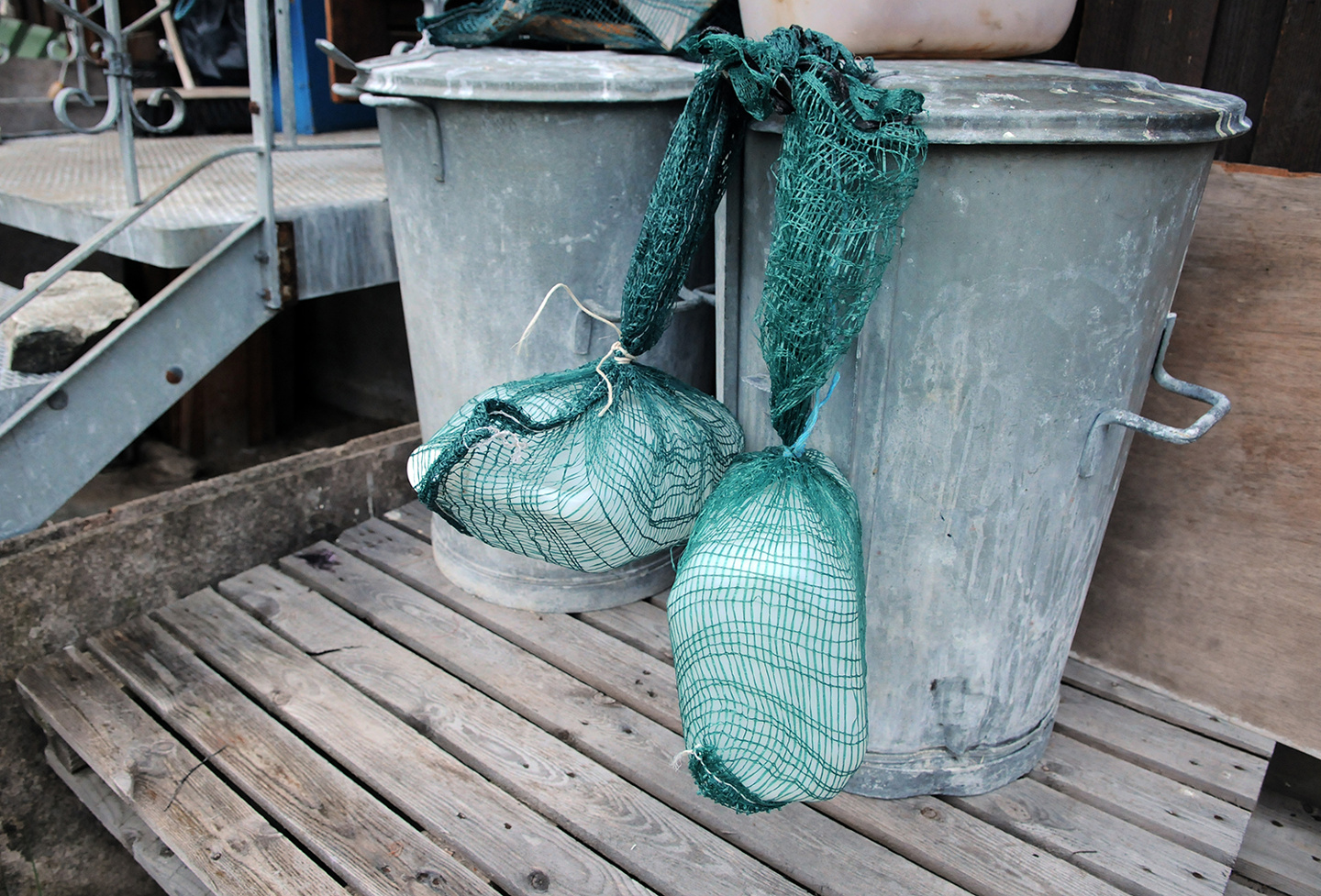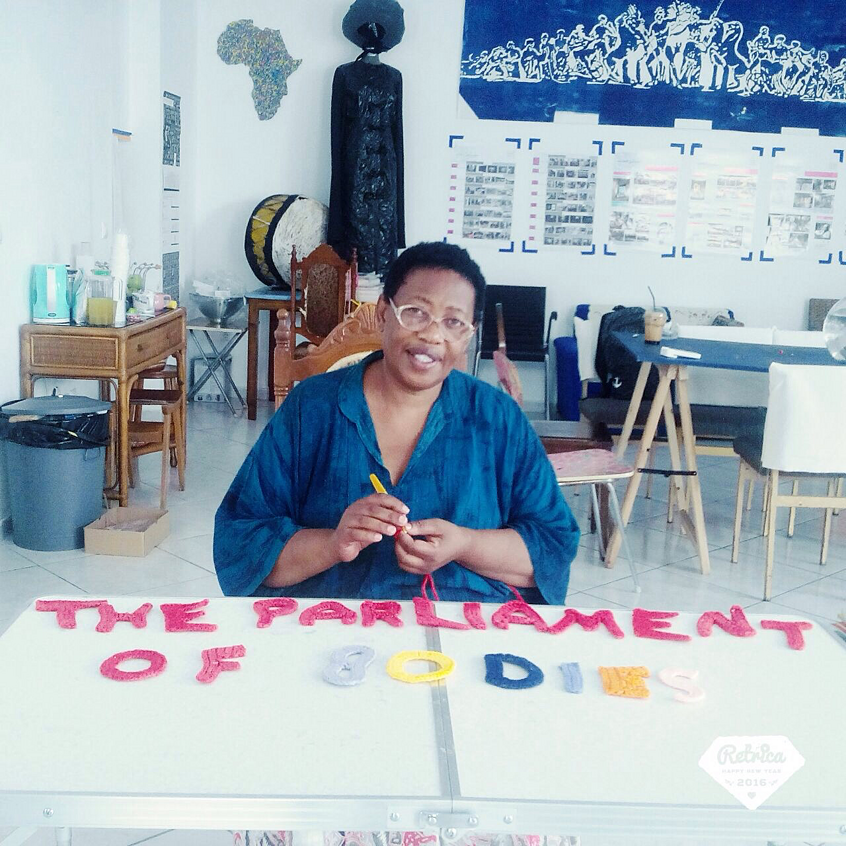A play. A mobile stage. A proposed traveling theater.
What does this future play sound like?
What will it look like?
Who are the actors, the playwrights, the audience?
The script of this new epic foregrounds Roma, feminist, and Indigenous voices, and all the players are intended to be women. Literary precedents might include writings on the Roma state, Sámi stories, and feminist fables.
The play, performed atop the mobile stage of this traveling theater, reimagines the borderless state. The perpetual motion of the migrant and the Indigenous nomad is the basis for a proposed utopia. The economy of this future world does not depend on virtual or even hard currency but on trade and bartering. Improvisation is also key: continually creating things anew from the scraps and refuse of dominant society is a necessity and the very means of survival. Not bound to any particular nation-state, this new world is formed precisely because of crossing national borders; culture is created from the ground up, and migration becomes the basis of belonging. Identity is birthed from lack, and coming to fill this absence are close connections made to land, language, and territory. Sovereignty without citizenship, agency brought about through movement. The theater goes where it is wanted, and it acquires its actresses and its ensemble along the way.
The stage, crafted from the materials and techniques of Indigenous peoples from around the world and made to be mobile, is built by Joar Nango, one of only a few practicing Sámi architects. Born in 1979, he now lives and works in Tromsø, and his people are reindeer herders from Sápmi, the traditional Sámi territory that covers northern Norway and parts of Sweden, Finland, and northwestern Russia. Their lives have long been predicated on the necessity of improvisation—skills learned when you are always on the move. “The competence of improvisation,” Nango clarifies, is a “cultural attitude of building/design traditions that exists within many northern Indigenous cultures where resources are scarce and the climate unpredictable, harsh, and unmerciful… . You can especially see it in the way the seminomadic reindeer herders arrange their workspace, their backyards, or their camps, while traveling with the herds between grazing lands.”
On the mobile stage, carefully crafted from an assemblage of materials and their specific histories, Roma voices join with those of Sámi, of Mongolia, and so on and so forth, to collectively sketch out possible futures.
—Candice Hopkins




